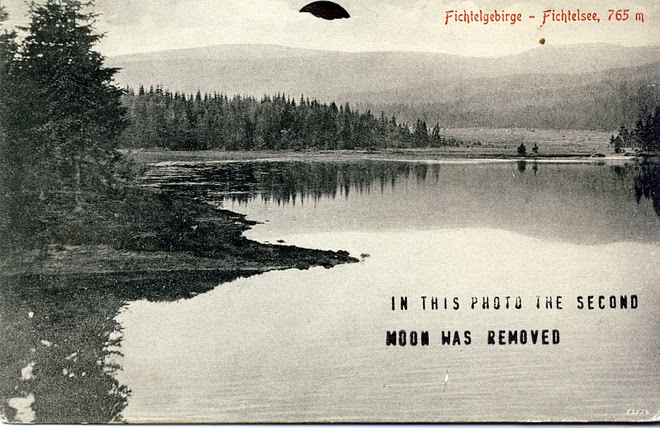The Night of Counting The Years
28. 9. 2011 // Jacob Wren // Kategorie Randnotizen 2011In her after talk, Maha Maamoun mentioned the Egyptian film The Night of Counting the Years (a.k.a. The Mummy) by Shadi Abdel Salam. This is a film I have never seen and there is always something striking in how fascinated I am by certain films I’ve never seen. (I found clips of it here and here.) Wikipedia says its based on the true story of the Abd el-Rasuls, an Upper-Egyptian clan that had been robbing a cache of mummies […] and selling the artifacts on the illicit antiquities black market. Already my mind rushes towards the politics of stealing, how stealing may or may not be political, how smashing things may or may not be political depending on your intentions and context. For me, for example, if you systematically have no food, and you steal food, or money for food, we are in the realm of pure politics. But things are rarely so pure.
I recently read M. Kitchell’s short story Paul Garrior in Jacques Riverruns The Abyss Is The Foundation of the Possible. Its about a lost experimental pornography film of which only fragments remain, and which the narrator becomes increasingly obsessed with. Fragments are the gateway to obsession. The above fragments from The Night of Counting the Years begin to form a completely different film in my head, perhaps a bit too obviously, a film about the revolution currently taking place in Egypt.
The after talk emerged from a screening of Maamouns Domestic Tourism II, a compilation of scenes from Egyptian films that, in one way or another, all feature the pyramids. Watching this shorthand history of over fifty years of Egyptian cinema, all works I had never seen or heard of before (am I too forthcoming with my ignorance?), I felt a kind of overwhelming nostalgia for cinema as an international art form, for internationalism as a more positive, more potential, precursor to the brutalities of globalization. (A few days later, watching an Apichatpong Weerasethakul video, my nostalgia eases. Maybe cinema is more alive than ever.)
Another video by Maha Maamoun, Night Visitor, shares part of its title with Shadi Abdel Salams film. Night Visitor is a compilation of YouTube clips of citizens breaking into Egyptian sites of power, searching for evidence that official files and records are being destroyed, evidence of the shredding and burning of recent history, and, in the process, documenting government wealth. The act of breaking in and filming, wanting to see how the other half lives and works, what has been hidden, if suspicions prove correct, and also the desire to put it on the internet, to build communities around these moments of transgression. The videos show many small nights of counting the years, years that are hopefully now coming to an end, and YouTube videos are often also fragments, suggestive glimpses of something larger.
This post took me a few days to write because, against my better judgment, I somehow wanted to write something about Egypt. Ive been traveling for the past seven weeks and everywhere Ive gone there is still such an excitement when conversation turns to Tahir Square. I have no idea what will happen in Egypt now, or next, but I know that for the rest of the world what happened back in the spring, or more specifically the images of it, were such a striking symbol. The symbol of something previously thought impossible that suddenly became possible again. And perhaps also a symbol of ebbing American power. During that time I discovered the track Egypt Strut by Salah Ragab and The Cairo Jazz Band. I could listen to it for the rest of my life. Its a bit cheap to take someone elses struggle as a symbol for ones own sense of possibility. But I suppose we take our moments of hope where we can find them, as in New York they continue to occupy Wall Street.



